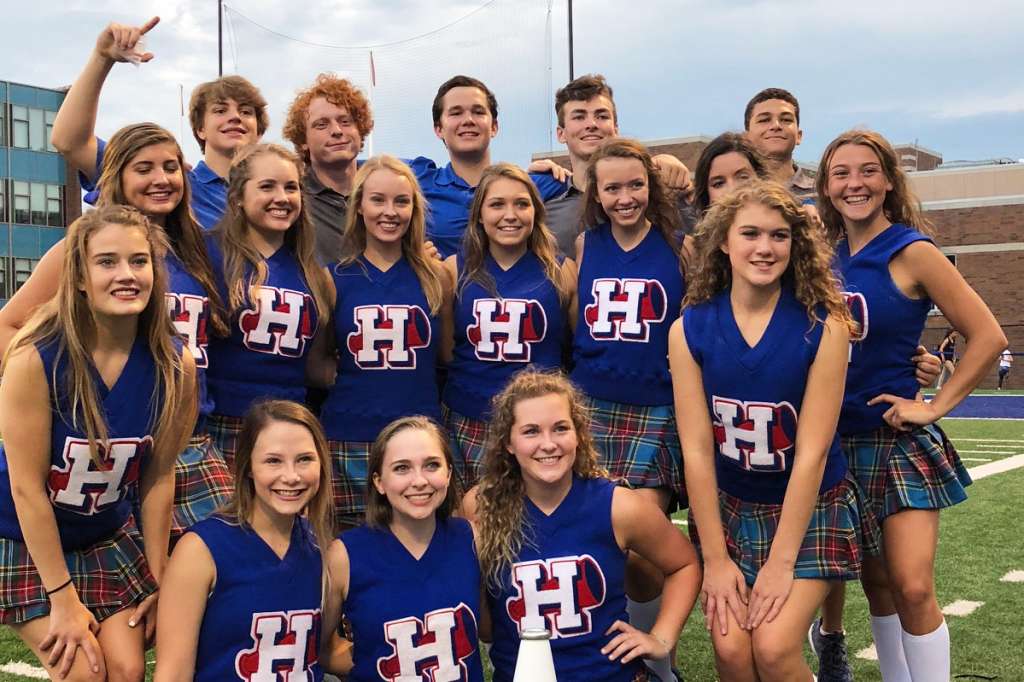BLOG
Book Joy
by Lisa Pinkerton
I have been thinking a great deal lately about the concept of book joy in education. I have come to believe that one of the most important goals I have as a teacher is to foster a sense of book joy in my students. Many of our Reading Recovery children come to us having had challenging, or even negative, classroom experiences around reading. From the first lesson, it is imperative that we help them to begin associating reading with pleasure. As Carol Lyons makes clear in Teaching Struggling Readers, emotions have a strong influence on learning and motivation.
In Reading Magic (2001), Mem Fox shares the power of reading aloud: “The fire of literacy is created by the emotional sparks between a child, a book, and the person reading. It isn’t achieved by the book alone, nor by the child alone, nor by the adult who’s reading aloud – it’s the relationship winding between all three, bringing them together in easy harmony” (p. 10). Building a relationship characterized by warmth and rapport with Reading Recovery students is a primary goal of teachers, and reading aloud provides an excellent practice for developing such relationships.
Roaming Around the Known is an ideal context for reading aloud to a Reading Recovery student. In Literacy Lessons Designed for Individuals Marie Clay (2016) explains: “Of course reading to children can be part of ‘Roaming around the known.’ You can use it as a setting for rediscovering those things he knows, and if you make some of his own books at this time you will be able to incorporate what he knows in a deliberate way” (p. 32). She goes on to say: “You can also read many simple little books to the child, making even the simplest texts sound exciting (like Where’s Spot and Cat on the Mat). Your phrasing and intonation will make the story sound good. The child may want to join in or perhaps take over when you have a read a book more than once. Even the more competent readers will benefit from hearing how story reading should sound as part of ‘Roaming around the known.’ Choose books that are around the level they are able to read” (p. 32-33).
In addition to Where’s Spot, by Eric Hill, the following are a few of my favorite books to read aloud during roaming lessons:
- Dear Zoo, by Rod Campbell
- Go Away, Big Green Monster, by Ed Emberley
- The Monster at the End of This Book, by Jon Stone
- Don’t Let the Pigeon Drive the Bus, by Mo Willems
- Elephant and Piggie series, by Mo Willems
Such read alouds can generate creative ways for writing about reading during roaming lessons. For instance, after reading Where’s Spot, students can decide where they want Spot to hide in their own version of the book, creating lift-the-flaps with sticky notes and adding words and labels. After reading Dear Zoo, students may write to the zoo requesting their own animals. After reading The Monster at the End of This Book, students may invent other ways to prevent the reader from turning the pages, or design their own monster to be discovered at the end of the book (or even themselves!). The possibilities for writing about Don’t Let the Pigeon Drive the Bus are endless. For example, students may simply change the title: Don’t Let the Pigeon ____________. Mo Willems’s Elephant and Piggie series is a delight to read aloud, and students can easily create speech bubbles for the two endearing friends.
The possibilities are endless for reading delightful picture books aloud to Reading Recovery students during Roaming Around the Known. I invite you to round up your personal favorites and share them with your students, fostering the easy harmony founded on a teacher-student relationship built on book joy.
Lisa Pinkerton is the Marie Clay Endowed Chair in Reading Recovery and Early Literacy at The Ohio State University. She loves reading aloud to students of all ages, including teachers. Lisa is a Preconference Institute speaker on Saturday, February 9th in Columbus, OH. She’ll be speaking along with Mary Fried, Kim Reynolds, and Jennifer Layne on “Problem Solving Together: Learning from Children Who Challenge Our Teaching”. Her concurrent sessions at National Conference will include “Best New Books for Grades 3-6” and “Re-inventing Author/Illustrator Studies (K-6)”. Visit rrcna.org/conferences for more information.
THE JOURNAL OF READING RECOVERY
Spring 2025
OPEN ACCESS: Centering Children and Working Towards Equity: Teaching All Children to Read by Catherine Compton-Lilly
Literacy Leadership in Support of Equity: Whatever It Takes by Allison Briceño
Exploring the Purposes, Power, and Potential of Familiar Reading by Jamie Lipp
Full Circle: From Student to Psychologist by Joyce Romano





